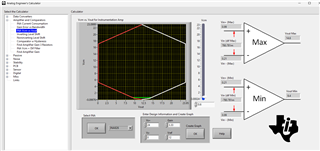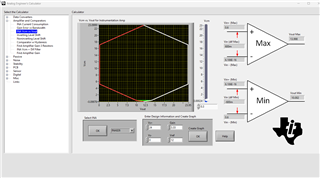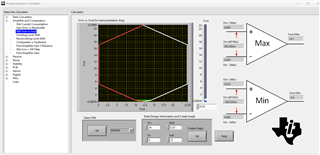Other Parts Discussed in Thread: INA122
Tool/software:
Hi all,
I am using INA826 in an application (some kind of low side current sensing) where the gain is set to 3.33 (hence 10/3), and the IN- pin is shorted to power supply minus. The positive power supply is 24V. The load on the output is 200K, and reference pin is on +12V (respect to negative power supply and IN- pins). I experineced the following: If I apply a low voltage to IN+ the gain is close to the designed 3.33 value (if the applied voltage to IN+ is less than 0.6V). If the voltage goes above this threshold the gain drops (the output is still monotonous, but the ration between out and in is not 3.33 anymore but somewhat lower). Why? (the power supply is OK, the output is not heavily loaded). When I went through the datasheet I checked the sample circuits and found that IN- pin is always on a higher volatge than the negative power supply. It is a compulsory scenario for this instrumentation amplifier?
Thanks,
Janos




